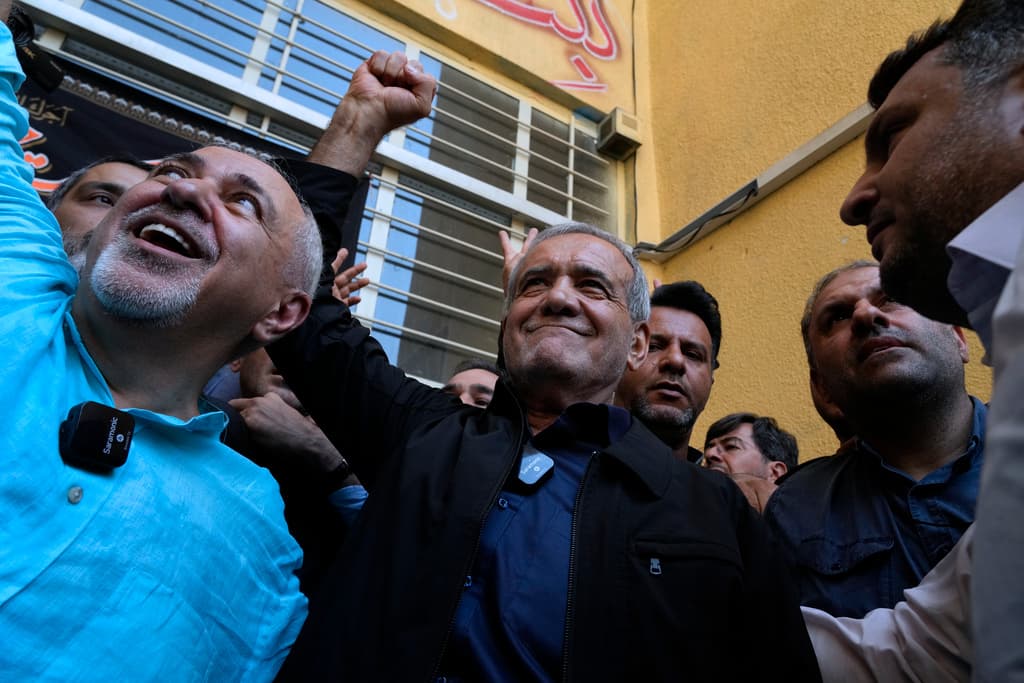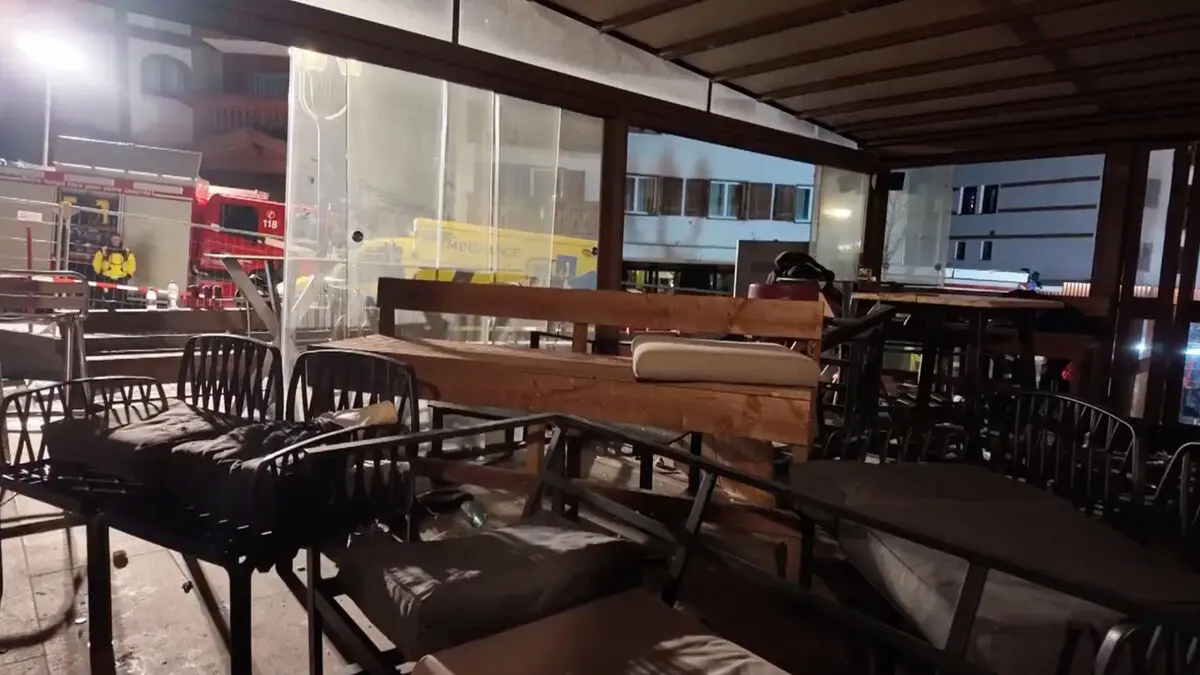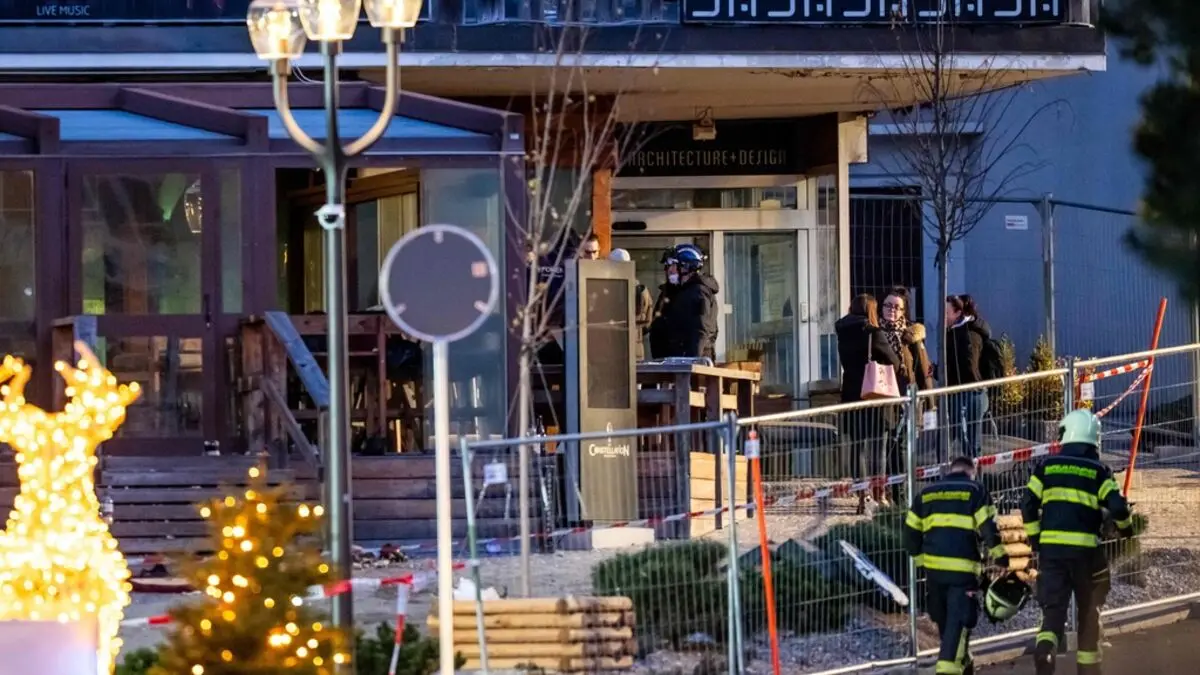Heart surgeon Masoud Pezeshkian has won the presidential election in Iran.
In the election condemned by the outside world, only candidates loyal to the Islamic regime were allowed to stand. And "reformist" Pezeshkian is expected to have very small chances of changing the closed country.
69-year-old Pezeshkian – the only one of the six presidential candidates described as "reformist" – gathered, according to the authorities' first count, 16.3 million votes. His opponent, ultra-conservative Saeed Jalili, received 13.5 million.
After the election victory, Pezeshkian writes in a first comment on X that he "extends his hand" to the Iranian people. The platform is, however, forbidden for the Iranian population.
The former health minister represents a somewhat more open relationship towards the USA and Europe, and the victory gives cautious hopes in the outside world. After 22-year-old Mahsa Amini's death in Iranian custody in 2022 – which led to unusually widespread regime-critical protests in the country – Pezeshkian described the death as "unacceptable".
Ayatollah decides
But when the street protests grew in scope, Pezeshkian backed down – and warned the demonstrators not to insult the country's highest leader, Ayatollah Ali Khamenei.
The U-turn highlights the essence of Iranian politics, analyzes Politico. Regardless of how reformist Pezeshkian is, he cannot or may not challenge the ayatollah, who in the Iranian political system has the final say in all matters of importance. In practice, the conditions for reforms during Pezeshkian's time in power are therefore extremely small.
In a debate last week, he promised change, however.
We are losing our support in society due to our behavior, our high prices, our treatment of women, and because we censor the internet, he said on state Iranian TV.
Low turnout
Many Iranians boycotted the election. The voting was supposed to have ended at 6 pm on Friday evening, but was extended to midnight to increase participation. According to the authorities, the voter turnout in the second round was just under 50 percent, with over 600,000 votes deemed invalid.
Khamenei has congratulated Pezeshkian on his victory and urges him to "put his trust in God". The ayatollah also praises the voter turnout, despite the low figures. They are, according to him, due to a boycott campaign "orchestrated by the enemies of the Iranian nation to create despair and feelings of hopelessness".
In the first round, only 40 percent voted – the lowest turnout since the Islamic Revolution in 1979.
With the election victory, Pezeshkian succeeds the former President Ebrahim Raisi, who died in a helicopter crash in May.
Corrected: An earlier version contained an incorrect vote count.
A presidential election in one of the world's toughest dictatorships works as follows:
The candidates who register their interest are first screened by the so-called Guardian Council.
The Guardian Council consists of six religiously learned men appointed by the highest leader, Ayatollah Ali Khamenei, and six legally learned men appointed by the head of the country's judiciary.
The head of the judiciary is, in turn, also appointed by the ayatollah.
When the Guardian Council has taken a stance on the candidates, the population can choose among those approved by the leadership. In this year's presidential election, which followed the death of the former President Ebrahim Raisi in May, six candidates were allowed to stand.
Since none of the candidates received enough votes in the first round on June 28, a second round was held between the two who received the most votes – 69-year-old Masoud Pezeshkian and 58-year-old Saeed Jalili – on July 5.





